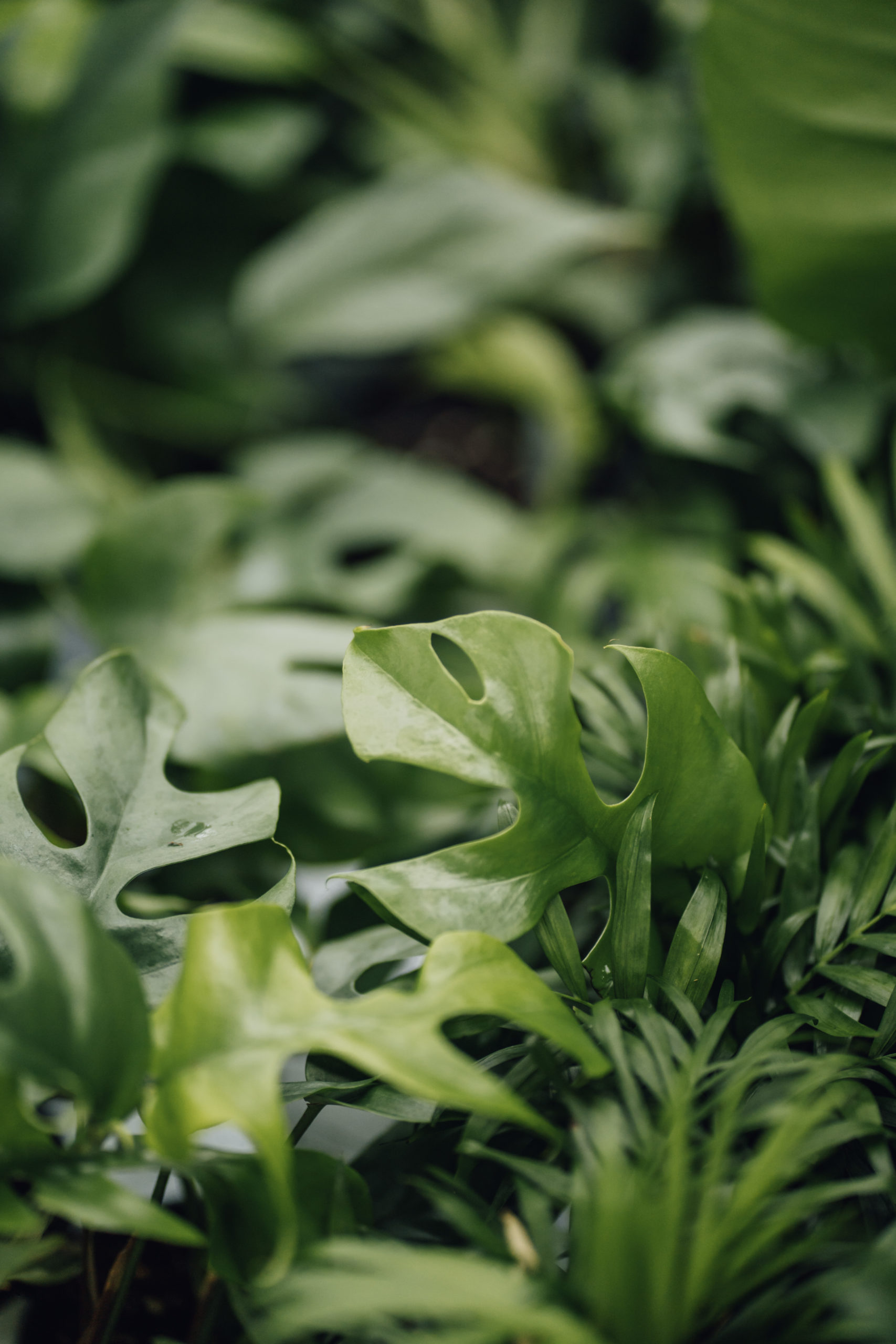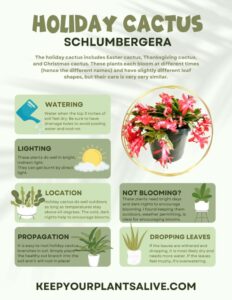Caring for cacti indoors can seem daunting, yet with the right knowledge and strategies, these resilient plants can thrive, adding a touch of the desert to your living space. Their unique adaptations and striking forms promise to transform any environment, encouraging a fresh perspective on indoor gardening. By understanding the essentials of cactus care, you can cultivate these remarkable specimens successfully. This guide will delve into the intricacies of providing optimal conditions for your indoor cacti, fostering their growth and vitality.
Understanding the Environment: Where Cacti Flourish
To create an ideal habitat for cacti indoors, it is crucial to mimic their native environments. Cacti are primarily native to arid regions and have evolved to thrive in conditions that would challenge most other plants. Their preferences are distinctive.
Lighting Considerations: The Power of Sunlight
One of the most essential aspects of cactus care is understanding their lighting needs. Cacti flourish under bright, direct sunlight. Aim for at least six hours of exposure daily. South-facing windows are often the best choice, as they usually receive ample light throughout the day. However, be mindful of the intensity. If your cactus becomes discolored or shows signs of sunburn, consider adjusting its placement.
In situations where natural light is limited, artificial grow lights can be an effective alternative. Look for full-spectrum lights that cater specifically to plant growth. This can help sustain their health and prevent etiolation, a condition where plants grow tall and leggy due to insufficient light.
Temperature Tolerance: Keeping it Warm
Cacti prefer a warm environment, ideally between 70°F and 100°F during the day, and slightly cooler at night. However, they do demonstrate a certain resilience to temperature fluctuations. Avoid exposing them to cold drafts or placing them near heating vents, which may destabilize their delicate balance.
Humidity Levels: The Dry Factor
High humidity levels are detrimental to cacti. Their natural habitats have low humidity, and they are adapted to conserve moisture. Indoor humidity levels should be kept low, ideally below 50%. This can be achieved simply by ensuring proper air circulation around the plants and avoiding overly humid areas, such as bathrooms.
Soil Selection: A Vital Foundation
The soil composition plays a pivotal role in the health of indoor cacti. Standard potting soil retains too much moisture, which can lead to root rot. Instead, opt for a specialized cactus mix that incorporates sand, perlite, or pumice to enhance drainage. A well-draining soil ensures that water flows freely, preventing the roots from sitting in moisture.
Watering Wisdom: The Art of Moderation
Perhaps the most critical factor in indoor cactus care is the watering regime. Cacti are succulents and have an innate ability to store water. Consequently, over-watering is the leading cause of their demise. Establish a watering schedule that aligns with their growth cycle, typically once every two to three weeks during the growing season (spring and summer) and even less frequently in fall and winter.
Check the soil moisture before watering. Insert your finger into the soil; if it feels dry at a depth of several inches, it’s time for a drink. When you water, do so thoroughly until water drains from the bottom of the pot, making sure to discard any excess water that remains in the saucer.
Fertilization Fundamentals: Nurturing Growth
Cacti are not heavy feeders, but they do benefit from periodic fertilization. During the growing season, apply a diluted, balanced fertilizer specifically formulated for cacti or succulents. This should be done every four to six weeks to provide essential nutrients that support healthy growth. However, avoid fertilizing during the dormant winter months when the plant does not actively grow.
Pest Patrol: Vigilance is Key
Even though cacti are often hardy, they are not immune to pests. Mealybugs and spider mites are common culprits that may invade your indoor oasis. Regularly inspect your plants for any unusual signs, such as webbing or a sticky residue. Should you discover an infestation, treat it immediately with insecticidal soap or neem oil, focusing on the affected areas without over-saturating the plant.
Repotting Realities: When and How
Over time, cacti will outgrow their containers, and repotting becomes necessary. Generally, this should be done every two to three years, or when you notice roots emerging from the drainage holes. Select a slightly larger pot to allow for growth and refresh the soil to provide a nutrient boost. Be cautious while handling the plant, as many cacti have spines that can easily puncture skin.
Embracing the Journey: The Joy of Indoor Gardening
Indoor cactus care is more than a task; it’s an ongoing journey that infuses life into your home. As you learn to cater to the needs of these extraordinary plants, you will cultivate a relationship that fosters appreciation for their remarkable adaptations. Each cactus tells a story of resilience and beauty, promising not just a shift in your gardening practices but a renewed perspective on the life that encircles your space.
In conclusion, thriving indoor cacti is entirely within reach with the right approach. By focusing on environmental conditions, watering strategies, and protective measures, you will provide a flourishing home for your cacti, enhancing both your environment and your understanding of these enigmatic plants. The art of caring for cacti transcends mere horticulture, inviting a deeper connection with nature right inside your home.





Leave a Comment